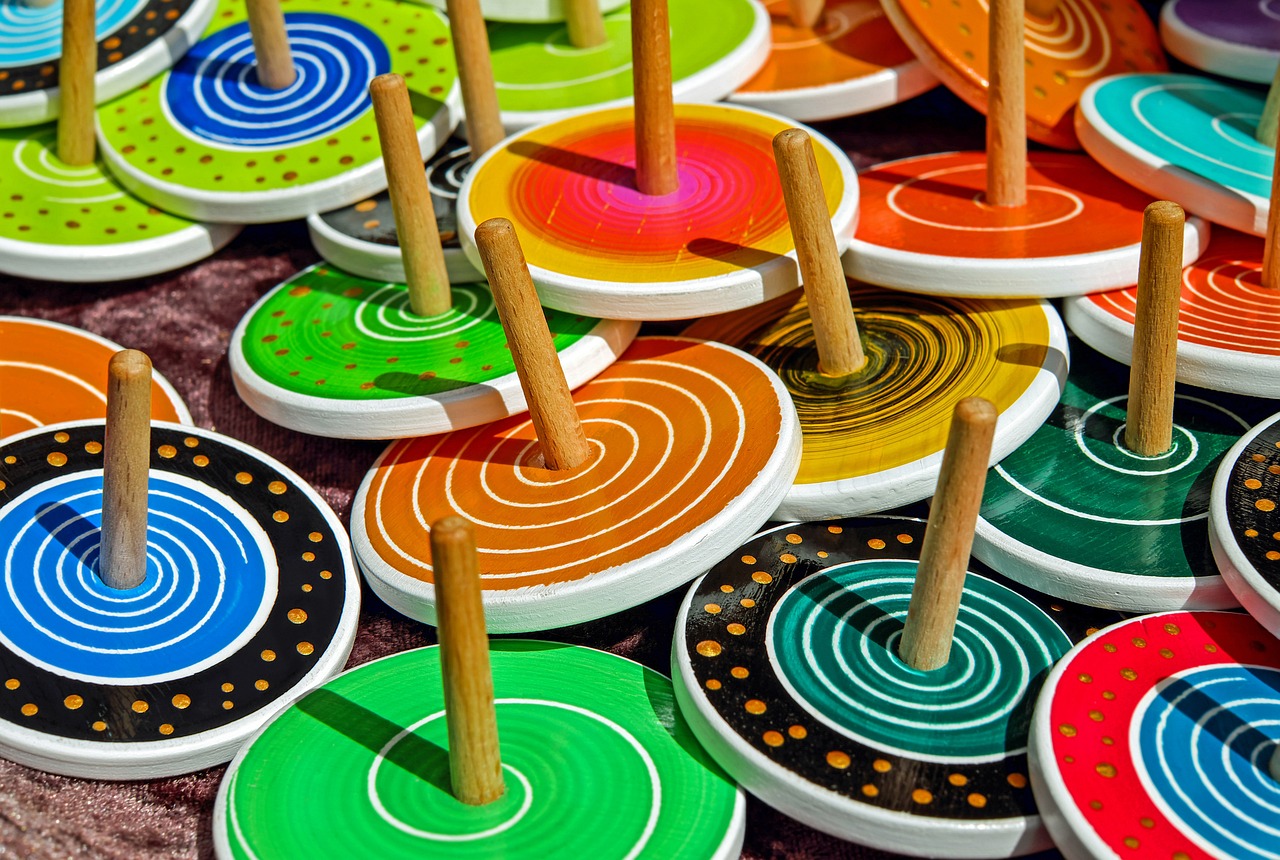A Comprehensive Guide to Fun, Educational, and Safe Wood Projects for Children
In today’s digital age, the media often highlights children’s excessive use of smartphones and video games. However, many children possess a natural curiosity and a wide range of interests beyond technology, such as horseback riding, camping, painting, and woodworking. Engaging in woodworking projects can be a delightful way for kids to develop new skills, bond with their parents, and express their creativity. This article explores various woodworking projects suitable for children, providing detailed examples that can be easily done at home.
History and Background
Woodworking is an ancient craft, with evidence dating back to ancient Egypt and China. Traditionally, it was a vital skill passed down through generations, essential for building tools, furniture, and homes. In recent times, woodworking has evolved into a hobby and educational activity that fosters creativity, problem-solving, and fine motor skills in children. Introducing kids to woodworking at a young age can help them appreciate the value of craftsmanship and the satisfaction of creating something tangible with their hands.
Core Concepts/Principles
Woodworking for kids should focus on simple, safe, and engaging projects that match their abilities and interests. Key principles include:
- Safety First: Always prioritize safety by using appropriate tools, wearing protective gear, and supervising children closely.
- Age-Appropriate Projects: Select projects that are suitable for the child’s age and skill level to ensure a positive and enjoyable experience.
- Creativity and Personalization: Encourage children to personalize their projects with paint, stickers, or other decorations to make them feel proud of their creations.
- Learning by Doing: Emphasize hands-on learning, which helps children understand basic construction principles and develop fine motor skills.
Current Trends and Developments
The resurgence of DIY culture has led to a growing interest in woodworking among children and adults alike. Pre-packaged woodworking kits designed for kids have become increasingly popular, providing a convenient way to introduce children to the craft. These kits often include all necessary materials and step-by-step instructions, making the learning process easier and more enjoyable.
Applications and Implications
Woodworking projects offer numerous benefits for children, including:
- Skill Development: Enhances fine motor skills, hand-eye coordination, and problem-solving abilities.
- Creativity: Provides a creative outlet where children can express themselves and bring their ideas to life.
- Bonding Time: Strengthens parent-child relationships through shared activities and collaborative efforts.
- Educational Value: Teaches children about measurement, geometry, and basic construction techniques.
Challenges and Solutions
Challenges:
- Safety Concerns: Risk of injuries from tools and materials.
- Attention Span: Keeping children engaged and interested throughout the project.
- Complexity: Ensuring projects are simple enough for children to complete successfully.
Solutions:
- Supervision and Guidance: Always supervise and guide children, especially when using tools.
- Short, Fun Projects: Choose projects that can be completed in a short time to maintain interest.
- Pre-packaged Kits: Use kits designed for kids, which often simplify the process and ensure safety.
Future Prospects
As interest in DIY and hands-on learning continues to grow, woodworking is likely to remain a popular and valuable activity for children. Future trends may include more innovative kits, integration of technology with traditional woodworking, and increased emphasis on sustainability and eco-friendly materials.
Case Studies/Examples
Catapult:
A simple and fun project, building a catapult helps children understand basic mechanical principles. Materials needed include a wooden clothespin, two wooden blocks, a popsicle stick, and wood glue. This project can be completed in about one to two hours and provides endless entertainment (House Grail) (The Art of Hand Tools).
Birdhouse:
Building a birdhouse is an excellent way to teach children basic construction skills while fostering a love for nature. This project allows for creativity in design and decoration, making it a rewarding experience (The Handyman’s Daughter).
Poster Frames:
Creating wooden poster frames helps children learn painting and assembly skills. They can decorate the frames with their favorite characters, making it a personalized and functional addition to their room (The Handyman’s Daughter) (The Art of Hand Tools).
Wind Chimes:
Making wind chimes is a simple project that combines creativity and basic construction skills. Using wood, string, and items that create sound, children can create beautiful and soothing wind chimes (House Grail).
Crayon Holder:
A practical project, making a wooden crayon holder helps children learn organizational skills. They can personalize the holder with paint and decorations, making it both functional and fun (Mama Needs a Project).
Conclusion
Woodworking projects offer a myriad of benefits for children, from skill development and creativity to bonding and educational value. By selecting age-appropriate and engaging projects, parents can foster a love for craftsmanship and creativity in their children. Whether using pre-packaged kits or starting from scratch, woodworking can provide hours of enjoyable and educational activities for the whole family.
Call to Action
Encourage your children to explore the world of woodworking by starting with simple projects. Share your experiences, subscribe to our newsletter for more project ideas, and explore related content on our website. Together, we can nurture the next generation of creative and skilled woodworkers.
Research Sources:
- Woodworking for Kids – Fine Woodworking
- 40 Creative Woodworking Projects for Kids – The Handyman’s Daughter
- 17 Awesome Woodworking Projects for Kids to Build – House Grail
- 10 Woodworking Projects for Kids – The Art of Hand Tools
- 20+ Fun Woodworking Projects for Kids (For Beginners!) – Mama Needs a Project






